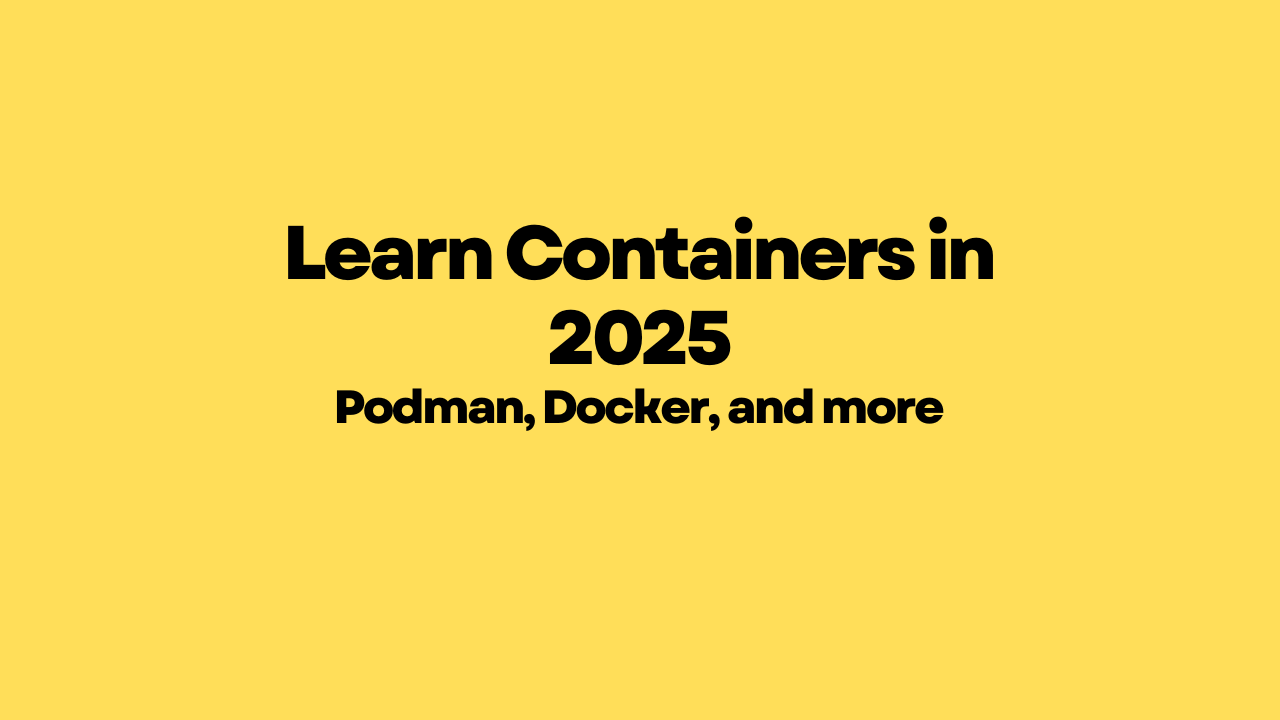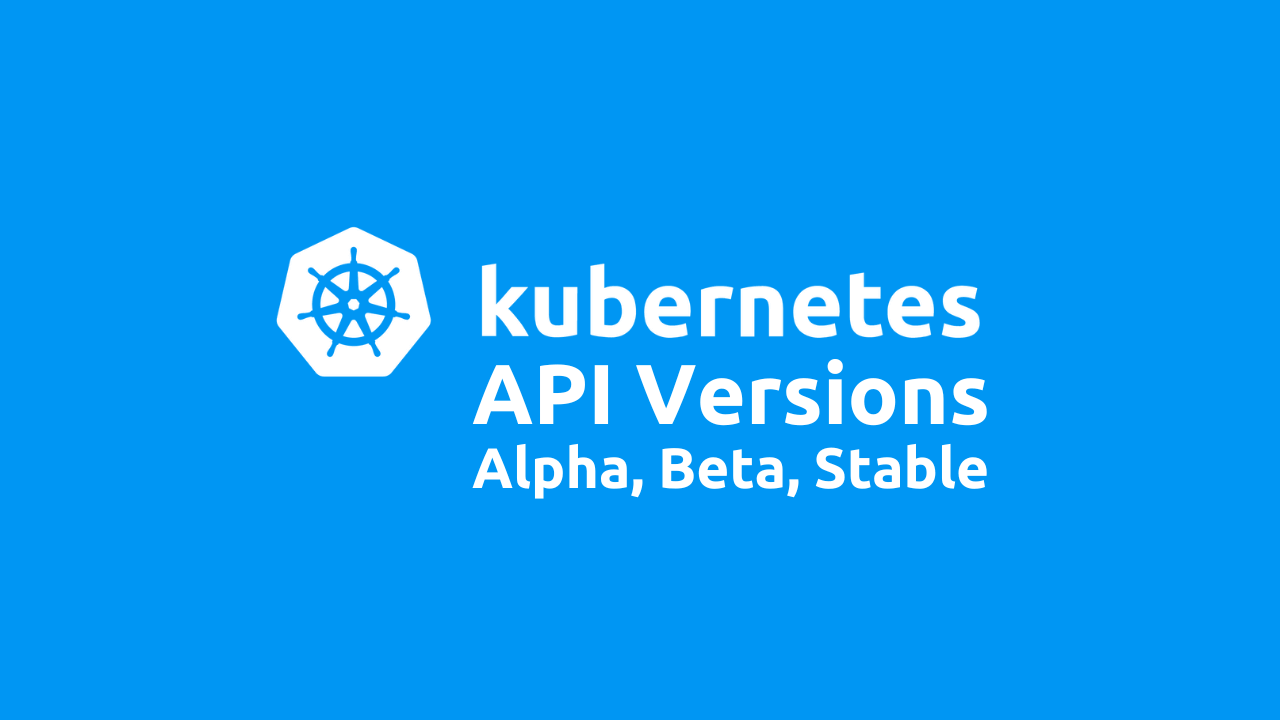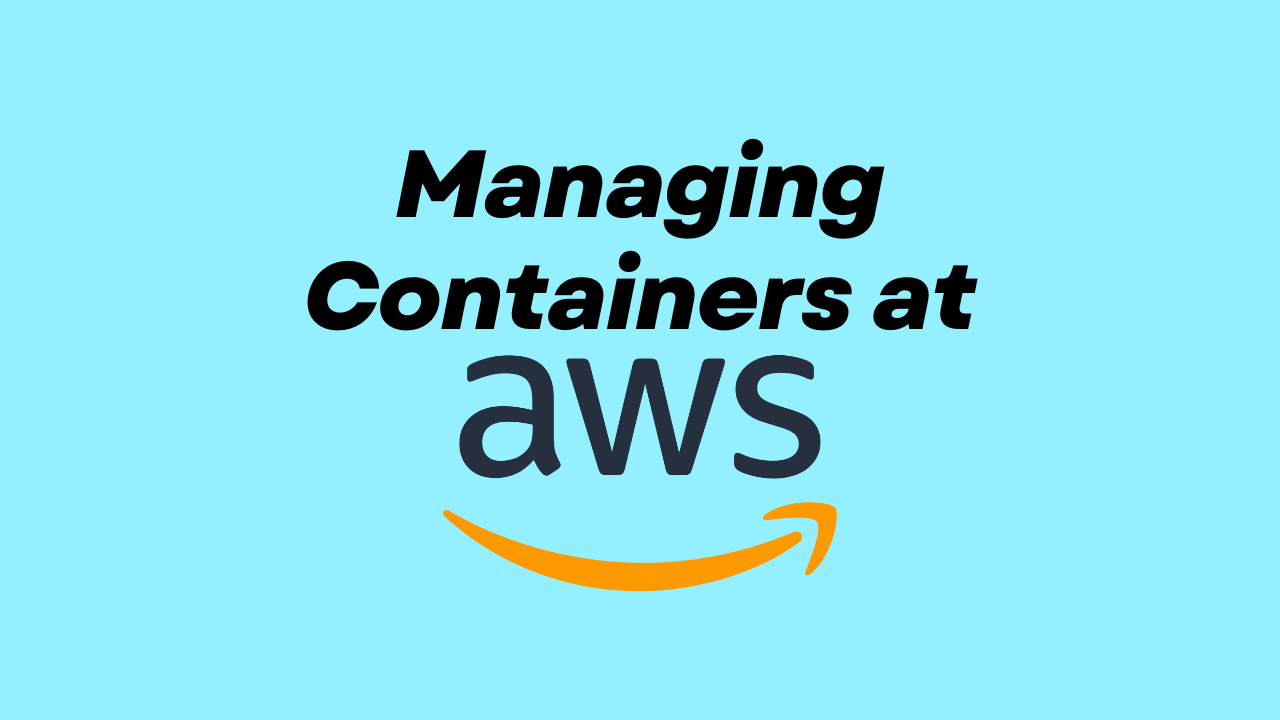How to Learn Containers in 2025: Podman, Docker, and more
-
 Gineesh Madapparambath
Gineesh Madapparambath
- Developer, Dev ops, Kubernetes
- July 5, 2024

Containers are revolutionizing modern IT, offering a lightweight and portable way to package and deploy applications. But what exactly are they, and how can you leverage their power? This post will be your guide to the exciting world of containers, container engines, and the tools to get you started.
Contained Magic: A Primer on Containers
Imagine a standardized shipping container. Inside, you can pack any application with all its dependencies, ready to run on any system with a compatible container engine. That’s the essence of containers! They isolate applications from the underlying system, ensuring consistent behavior regardless of the environment. This makes development, testing, and deployment a breeze.
Container Engines: The Power Behind the Pack
Think of container engines as the tools that manage the lifecycle of your containers. Popular choices include:
- Docker: The industry leader, Docker offers a user-friendly interface and vast ecosystem of tools.
- Podman: A powerful, open-source alternative to Docker, well-suited for those working in container-centric environments like Red Hat.
- CRI-O: (Container Runtime Interface) A lightweight runtime used by Kubernetes for container orchestration.
Why Containers Rule the Modern IT World
Containers offer a multitude of benefits:
- Portability: Applications run seamlessly across different environments.
- Isolation: Containers prevent conflicts between applications sharing the same system.
- Scalability: Easily spin up or down container instances based on demand.
- Resource Efficiency: Containers utilize resources more effectively than traditional VMs.
The Container Orchestration Symphony: Containers and Kubernetes/OpenShift
While containers are powerful on their own, managing multiple containers becomes complex. Here’s where container orchestrators like Kubernetes and OpenShift come in. They automate container deployment, scaling, and networking, allowing you to manage large-scale containerized applications with ease.
Fueling Your Container Learning Journey
Ready to dive deeper? Here are some amazing resources to get you started:
Container Fundamentals
Gain a thorough understanding of the moving parts that make up the typical container architecture, including container images, registries, and orchestration.
Learn from the Red Hat Developer
Podman Desktop Deep Dive – by Red Hat Developer
Elevate your container development workflows with this comprehensive module exploring the functionalities of Podman Desktop.
Learn from the Red Hat Developer
DO080 – Containers, Kubernetes and Red Hat OpenShift Technical Overview – by Red Hat
This on-demand video series offers an introduction to Linux containers and container orchestration with Kubernetes and Red Hat OpenShift.
Learn from the Red Hat Learning Portal
Container Fundamentals: A Practical Guide to Docker & Podman – by techiescamp
This free course by TechiesCamp delves into the core concepts of Docker and Podman, covering installation, configuration, image management, real-world tasks, and security best practices.
Free Docker Fundamentals Course – by LearnCantrill
This comprehensive YouTube playlist by LearnCantrill provides a free and up-to-date introduction to the world of Docker and containerization.
Learn Docker and Kubernetes – Free Hands-On Course – by Guy Barrette via freeCodeCamp
This 6-hour course by Guy Barrette teaches you containerizing applications with Docker, deploying on Docker Hub, and working with multi-container applications. It also introduces Kubernetes architecture, deployment, and management.
Complete Docker Course (Beginner to Pro) – by DevOps Directive
This 4.44-hour course on YouTube covers everything from getting started with Docker to building a containerized web application and deploying it to the cloud!
Docker Crash Course for Absolute Beginners by Nana Janashia
Podman basics: Resources for beginners and experts – by Red Hat Developer
This article offers resources for both developers getting started with Podman and for those seeking more advanced information.
Docker and Kubernetes – Full Course for Beginners by Nana Janashia via freeCodeCamp
Learn Docker and Kubernetes in a crash course.
Play-with-Docker (Free Course & Labs)
Play-with-Docker provides a free, interactive learning environment for Docker users. Explore multi-stage courses designed for Administrators or Developers, covering topics from beginner to advanced.
Docker for the Absolute Beginner by KodeKloud (Free Course & Labs)
KodeKloud offers a free course designed specifically for Docker beginners. Learn through video tutorials, demos, and interactive labs accessible directly from your browser, with no software installation required.
The Takeaway: Embrace the Container Revolution
Containers are transforming the way we build and deploy applications. With the right tools and resources, you can join the container revolution and unlock a world of development efficiency and agility. So, start exploring, and get ready to conquer the exciting realm of containerized applications!sharemore_vert

Gineesh Madapparambath
Gineesh Madapparambath is the founder of techbeatly. He is the co-author of The Kubernetes Bible, Second Edition and the author of Ansible for Real Life Automation. He has worked as a Systems Engineer, Automation Specialist, and content author. His primary focus is on Ansible Automation, Containerisation (OpenShift & Kubernetes), and Infrastructure as Code (Terraform). (Read more: iamgini.com)
Note
Disclaimer: The views expressed and the content shared in all published articles on this website are solely those of the respective authors, and they do not necessarily reflect the views of the author’s employer or the techbeatly platform. We strive to ensure the accuracy and validity of the content published on our website. However, we cannot guarantee the absolute correctness or completeness of the information provided. It is the responsibility of the readers and users of this website to verify the accuracy and appropriateness of any information or opinions expressed within the articles. If you come across any content that you believe to be incorrect or invalid, please contact us immediately so that we can address the issue promptly.


